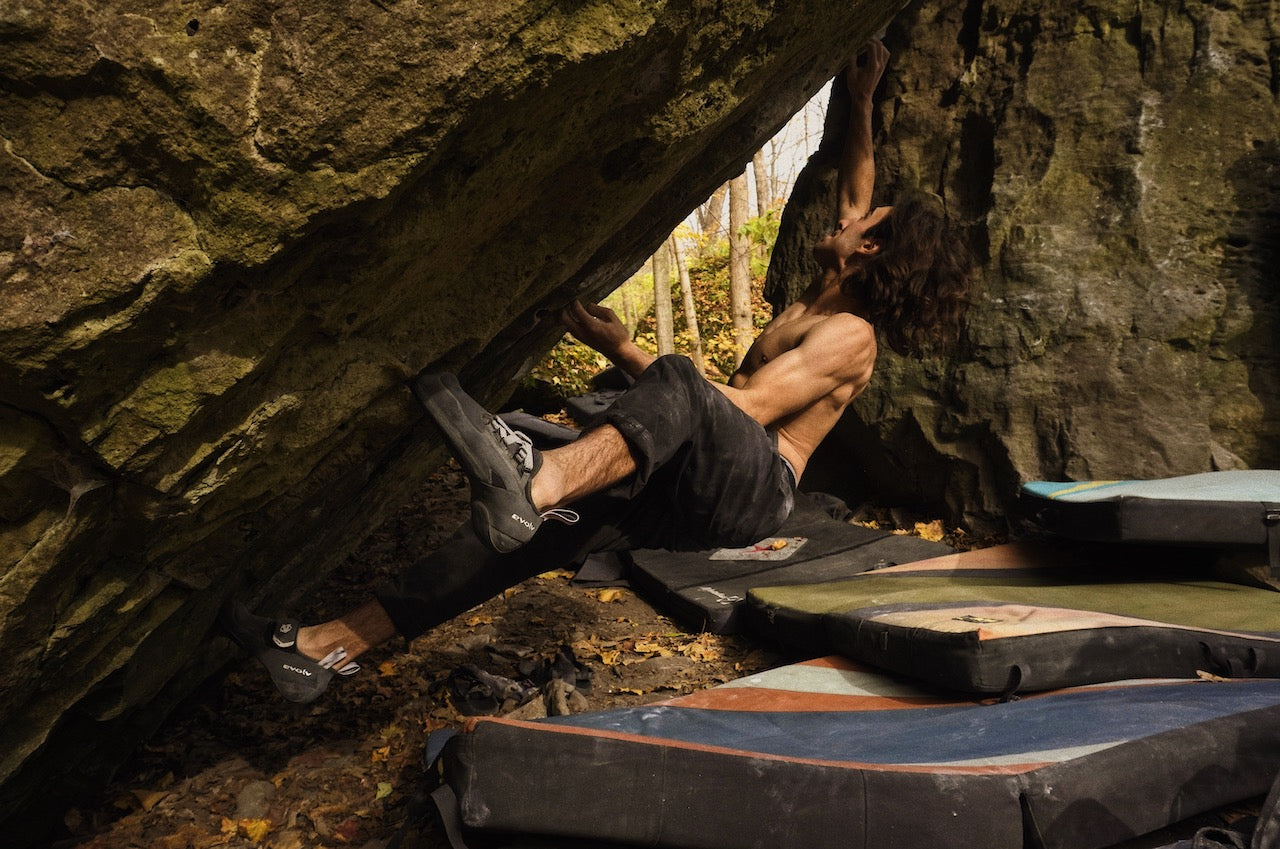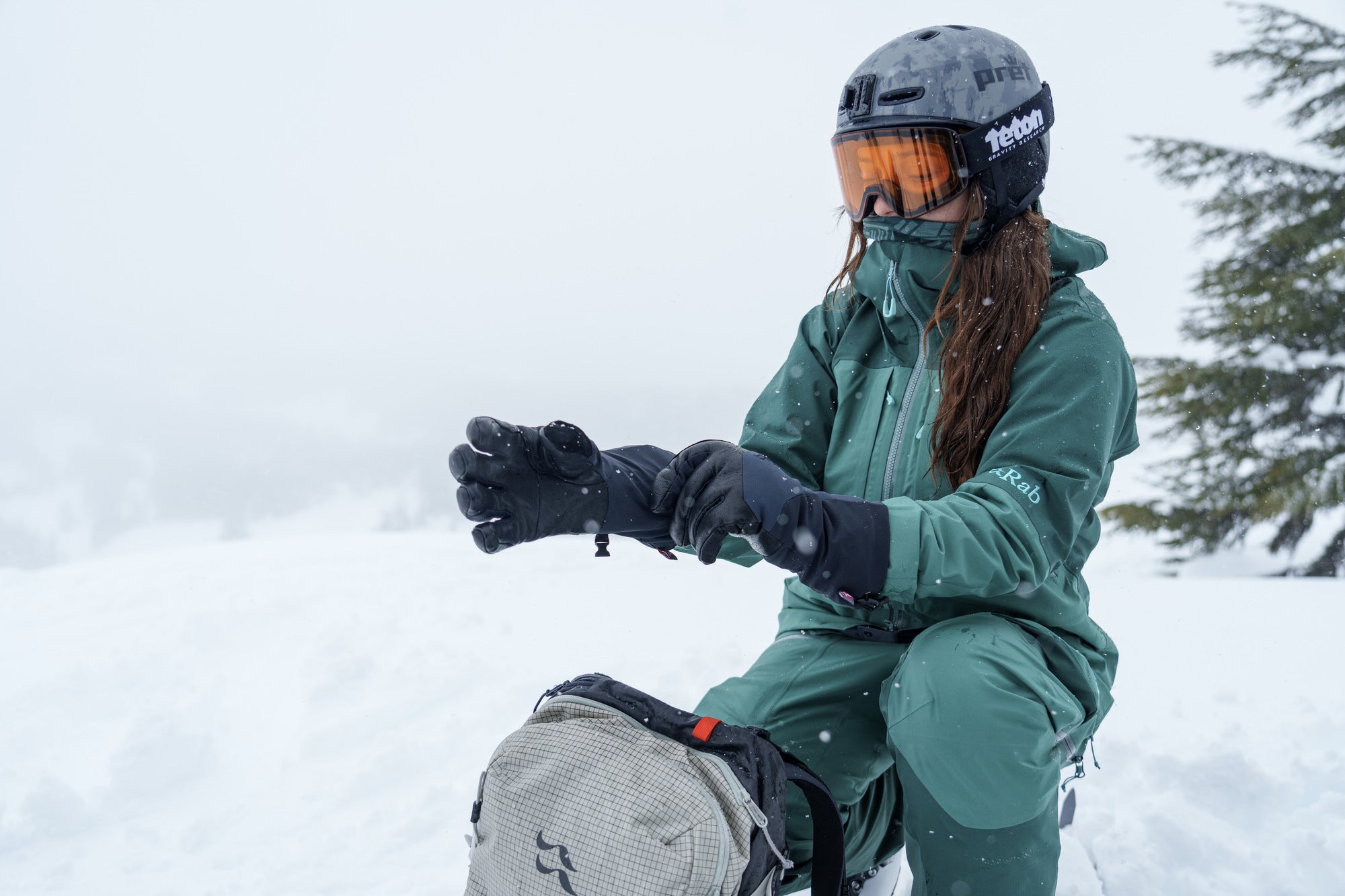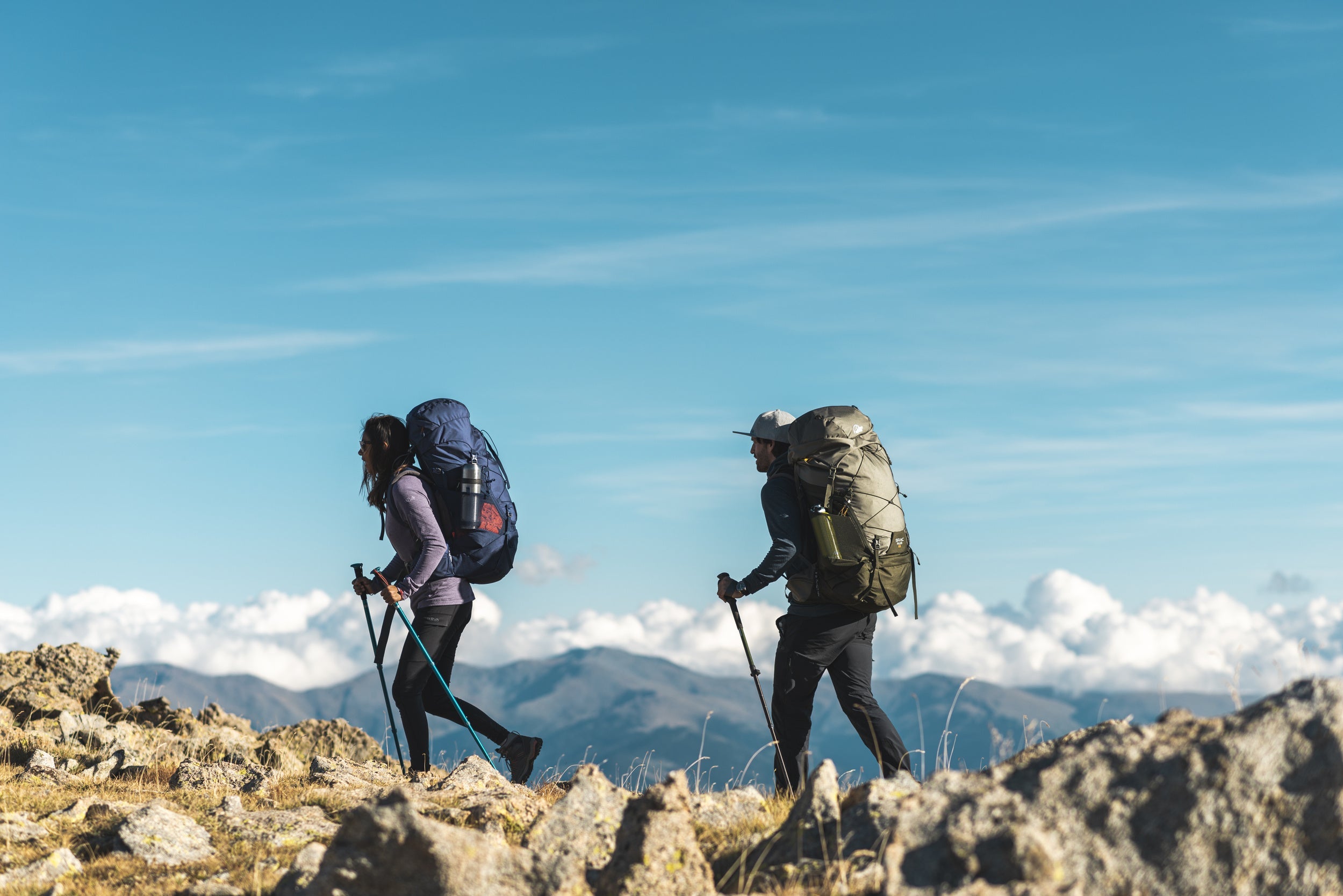Sacred Summit

The Sacred Summit of Kanchenjunga dominates the horizon in Sikkim. Avid trekker Maninder Kohli has conducted multiple treks in Sikkim spread over several years. On each trip he has felt drawn closer and closer to Kanchenjunga.
In 'Sacred Summit' Maninder will share images and highlights of each of the three treks he has led in Sikkim and also build a case on why Sikkim should be a part of the mix for a genuine believer.

Kanchenjunga 8,586m, located in Sikkim, is the third highest mountain in the world and India’s highest peak. Kanchenjunga is regarded by the people of Sikkim as a sacred peak, whose presence has historically supported the security of Sikkim and to this day influences the weather in the state.
My first look at Kanchenjunga goes back to 1980 when I arrived at Darjeeling for my Basic Mountaineering Course from HMI Darjeeling. In the mid ground of this image taken at midnight Sikkim is in view. The training area of HMI is in Sikkim where I ended up climbing Dr. B.C. Roy Peak 5445m located quite close to Kanchenjunga. Since that period I strongly held the desire to trek again in Sikkim.

In 2013 plans began to mature and I focused on the Singalilla Ridge in West Sikkim. This trek can be done by two different routes. The West Bengal route has over the years become very commercial and I chose the route through Sikkim, via the Barsey Rhododendron Sanctuary, a route which is seldom used. The main highlight of the trek is the most impressive view of Kanchenjunga.

As you hit the trail in Sikkim what strikes you immediately is the general level of forestation. It's thick to a point that without the support of a trail it's virtually impossible to move even couple of feet around the forest. This feature of a dense forest is common within Sikkim, Bhutan and Arunachal Pradesh which are all considered a part of the Eastern Himalaya.
We were trekking in November and found that the established trail had partially disappeared thanks to rapid growth of vegetation over the monsoon period. Our lead on the trail was carrying a machete which was being used to clear the trail. Some element of social distancing was required from the gentlemen swinging the machete to avoid injury.

At camp during the evenings we would spend time to determine which peaks are in view. It was a painstaking exercise to determine each high point. What was most interesting to observe was how a high peak like Kabru North 7338m was seemingly overshadowed by Kanchenjunga. The Kanchenjunga Massif contains 5 distinct high points, 4 of the points are above 8000 meters.

Three days into the trek and we were now on the Singalilla ridge at about 3500m. The Singalilla ridge descends from Kanchenjunga and runs along the border between India and Nepal. When we claimed the ridge multiple peaks in Eastern Nepal came into view. About 180 km’s away was the peak of Makalu and another 20 km’s further away we could partially see Mt. Everest. It was truly majestic.

On my return to Delhi I did spend a fair amount of time in identifying each of the peaks in view and marking them. Clustered together were four 8000m peaks and multiple 7000m peaks. When you add this to the much closer view of Kanchenjunga and the Kabru peaks one can only refer to it as a grand spectacle.

In 2016 I got motivated to do another trek in Sikkim and this time around the plan was to go for the Goecha La trek. Our team reached the sleepy town of Yukson in West Sikkim from where this trek originates. In three easy days we were at Dzongri which is like a mid-way and stop over point for an acclimatisation break. I had stopped over at Dzongri during my Basic Mountaineering Course. From Zongri there are two routes, one heading to the HMI training area and the other towards Goecha La.

From Dzongri Top one can gain a grand mountain view. From this point at around 3800m the view is dominated by Kanchenjunga South. In comparison to the earlier trek from Singalilla it’s a much closer view. The objective if the trek is to reach Goecha La which is a view point offering a close view of Kanchenjunga South and the Kabru Peak cluster.

We moved on to the next campsite called Thansing. This section of the trek was one of the most memorable walks I have enjoyed in many years of trekking. The view of Mt. Pandim (6691 meters) was most impressive and the day resulted in a beautiful walk through the rhododendron forest. From time to time we would also encounter wide meadow stretches where the views would open up.

Finally there is a steep descend down to the valley floor with the final leg being a flat walk to Thansing 3900m. That evening I declared the plan for the next day. Group 1 would leave at 2am and will head to View Point 2 or referred at Goecha La. Group 2 will leave at 4am head to View Point 1, which offers a slightly distant view of Kanchenjunga. Group 3 would leave at 6am and go to Samiti Lake.

It was a dramatic day with a lot of excitement. All three teams regrouped for lunch at 1pm an hour from Thansing and had a story to tell. Everyone was happy with how things panned out but one group was looking disappointed. Group 1 consisting of 4 participants made it to Goecha La and got a close view of Kanchenjunga and was elated with the challenge they encountered.

Group 2 which I was a part of made it to View Point 1 and we also got an impressive view of Kanchenjunga South. The glacier in view was the Kabru glacier and the multiple Kabru Peaks were visible towards the west.

It was group 3 which despite meeting its objective looked disappointed. They were all carrying the feeling why did they not push themselves and get to View Point 1. This feeling lingered on for a further few months. It was a lesson for several of us that the pain for pushing hard for a few hours is temporary, but the pain of not trying lingers on a lot longer.

It was interesting to understand why we were only seeing the South Peak and not the complete Kanchenjunga Massif. While most Himalayan massifs face south, the Kanchenjunga massif faces east and hence the view of the entire massif would not be visible from this approach.
As I soaked in the final view of Kanchenjunga I felt that it would be unreal to see the complete Kanchenjunga Massif. I assessed that the next logical step would be to head to the Kanchenjunga Basecamp towards the East referred as Green Lake.

It was October 2018 and we began our trek to Green Lakes. The trail runs along some of the most wonderful forest sections I have trekked through. We were the only trekkers in the valley. The reason why Green Lakes is unfrequented comes down to logistics support and quality of the trail.
The trek to “Green Lakes” starts from a village called Lachen and it’s customary that porters are hired from the closest village. But if one goes back to read the accounts of previous expeditions one can see that time and time again teams they have been abandoned by Lachen porters.
Additionally there are some streams where the bridges are often washed away. All this uncertainty makes it difficult to create a group and manage the trip. Bearing all this in mind I started to plan the trip to “Green Lakes” 6 months in advance.

The trail to Kanchenjunga follows the Zemu Gap which leads on to the Zemu Glacier, which happens to be 27 kms long and one of the longest glaciers in the region. Luckily for us the trail quality was good and the bridges used to cross several side streams we also in place. We made good progress and in 3 long days of trekking reached the alpine zone where the vegetation has thinned out considerably and we started to get open views.

Yabuk at 4040m was a spot where we took an acclimatisation stop. Post this point we would be in at the 4600m level which is considered as high altitude. In the absence of satellite phones in Sikkim and limited rescue facilities the best strategy remains to slow down the ascent to avoid altitude sickness.

We made good progress and reached Rest Camp 4600m, our highest campsite in 6 days. We had traversed through some of the most exceedingly stunning forest sections and we're now in an alpine zone camped next to the Zemu glacier. Sikkim is known to have fickle weather and the next morning was our summit day and we hoped the weather would be clear.

At Rest Camp that night temperatures hit the -10°C level. My experience in Sikkim is that there is a high humidity level even at altitude and when you combine the humidity with the cold the bite is intense. Out team of 15 was well equipped. We had top tier tents, thermals and down jacks used for high altitude pursuits. Every day on the trek an advance team would head to camp and set up the dining tent. It was a critical safeguard if the weather were to break.

The next morning we rose to possibly the most mesmerising sight I have ever seen of a mountain. We were looking at Siniolchu 6888 meters. Douglas Freshfield, an explorer of the Sikkim Himalaya described Siniolchu as, ‘‘the most superb triumph of mountain architecture and the most beautiful snow mountain in the world”. All of us on the team strongly endorsed that view.

The excitement continued as we made our way towards Green Lake. We were aware that over the years Green Lake had dried up but what certainly had not dried up was the view we were gaining. We were surrounded by multiple peaks but standing tall, standing broad was the Kanchenjunga Massif. In the back of my mind I was now thanking the Lachen porters and the lack of infrastructure. We were the only people at the base of an iconic peak, the 3rd highest in the world.

This time around we were seeing the full face and both the shoulders of the peak. Being statically inclined I was trying to assess what we were seeing. The Zemu Glacier was at a height of 4500m and the main peak was towing 4000m above us, a massive height gain. Additionally based on estimates the width of the Massif was about 5km. That’s an exceedingly large expanse of a mountain both in terms of width and height. I was pleased that I had the opportunity to experience this grand setting.

The connection of the people of Sikkim with the mountain is so deep-rooted and strong that the state government took a decision in the year 2000 to stop any climbing of Kanchenjunga from the Sikkim route. As I soaked in a final glance of Kanchenjunga on the way home I felt in agreement with the Sikkim government’s decision and sentiment. It’s best that the Sacred Summit is left undisturbed.
About the Author

Maninder Kohli was drawn to the mountains at an early age inspired by his father, Captain M. S. Kohli who led India’s first successful expedition to Mt. Everest in 1965. Maninder's favourite adventure sport is trekking and he has participated in over 75 treks in the Himalaya with the intent being to look out for exploratory treks or areas less frequented.
Maninder has previously worked with Citibank for 20 years where as Senior Vice-President he officiated on the Managing Committee of the Consumer Bank. In 2010, he founded Juniper Outdoor based in New Delhi, through which he motivates people into the world of adventure. Maninder volunteers with multiple organisations, which include the Himalayan Environment Trust where he is Managing Trustee, the Indian Mountaineering Foundation where he officiates as Director of the IMF Mountain Film Festival, and the Himalayan Club where he is Hony. Local Secretary for New Delhi.




























Leave a comment